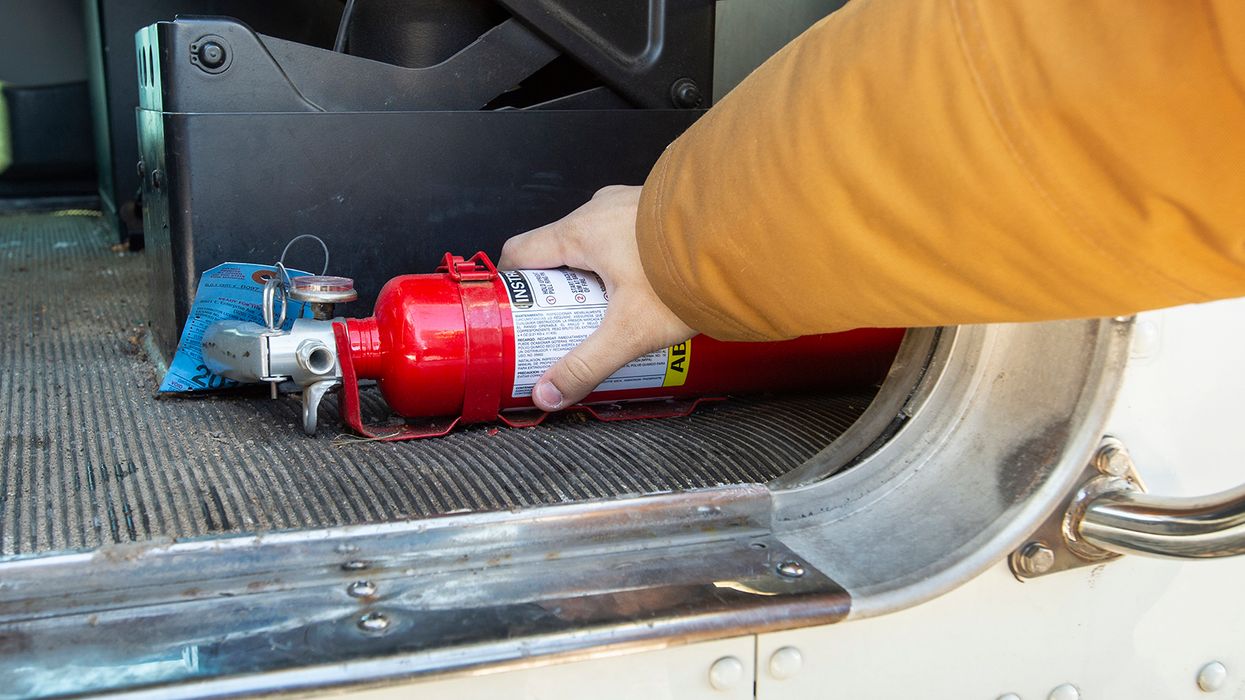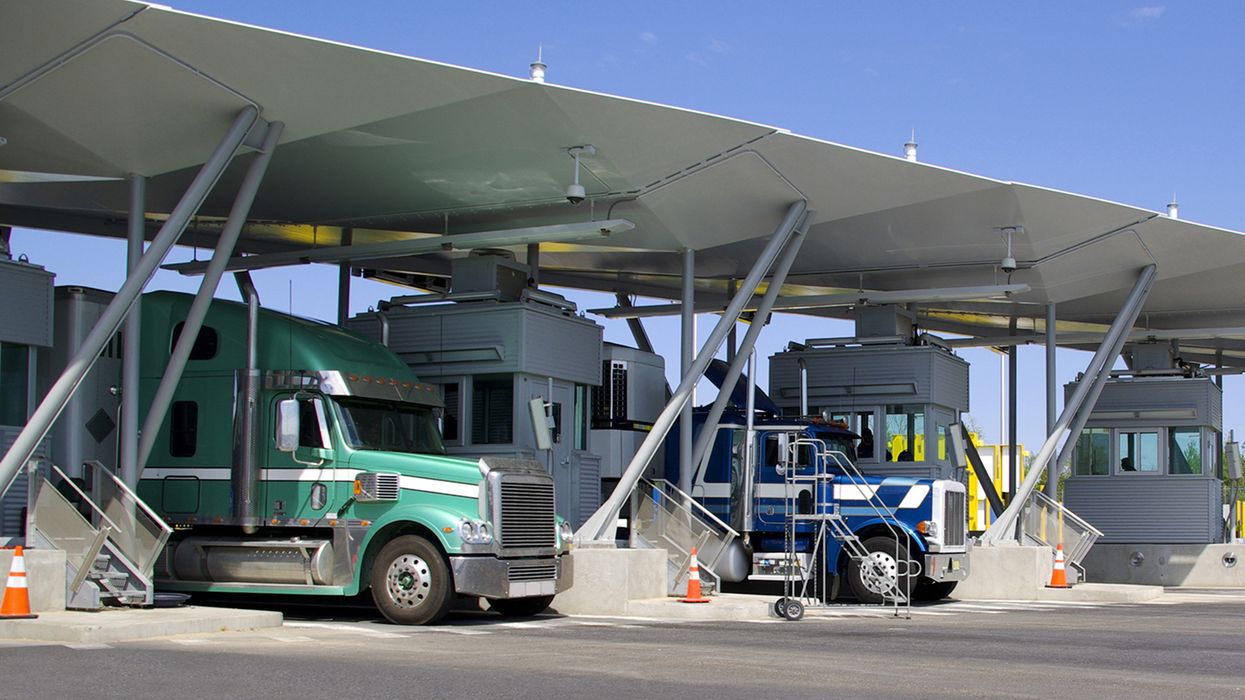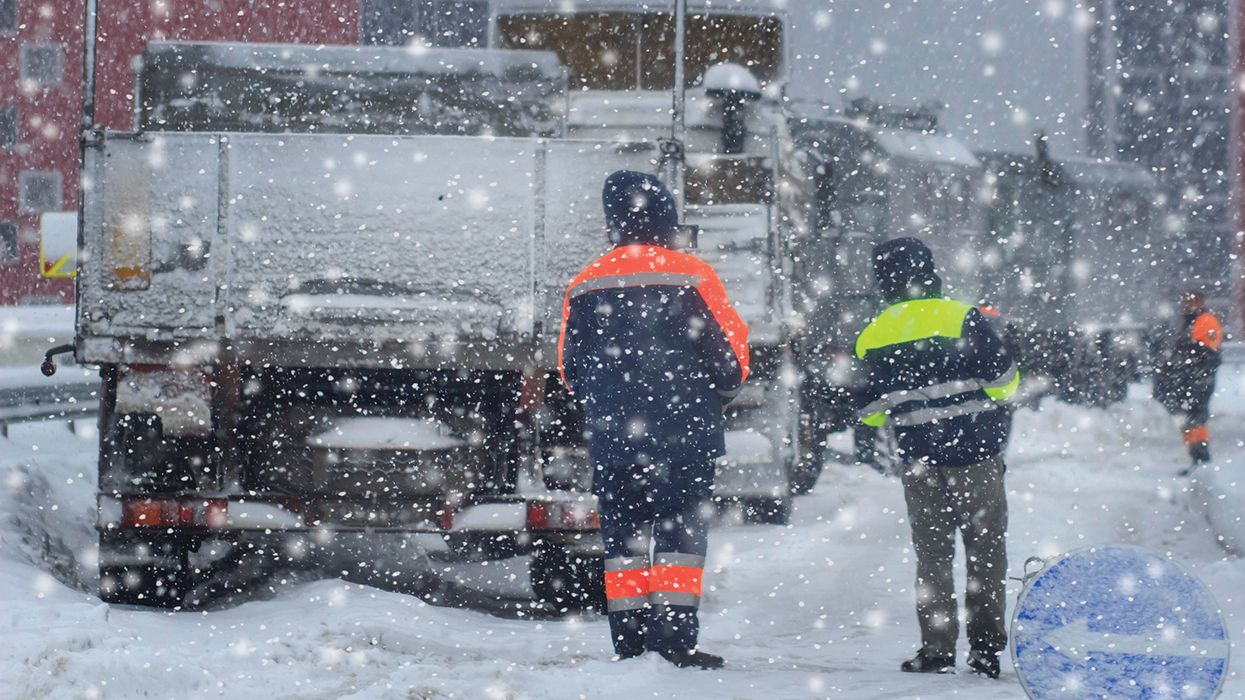The correct sling deserves proper storage
Slings are an effective way to aid workers in lifting and maneuvering material and equipment, but they must be used within their limitations. Employers and employees must work together to ensure that the correct sling is used and properly maintained. The same amount of effort must be taken when storing the sling, to prevent worker injury.
OSHA does not mention anything in the regulations (1910.184) regarding storage requirements of slings. Often, in the rush of operations and daily production pressures, workers who utilize slings may toss them on a shelf or throw them in a pile on the floor when not in use. This is often done with little regard, and potential lack of knowledge, of the hazards present in the atmosphere. Such haphazard methods of storage can degrade the efficacy and integrity of the sling, putting the worker at increased risk.
There are several varieties of slings, including: alloy steel chain, wire rope, metal mesh, natural fiber rope, synthetic fiber rope, synthetic web, and synthetic round slings. Each type of sling has its advantages and disadvantages, and each its limitations.
To understand those limitations, OSHA does offer guidance. An example would be specific to synthetic web slings. When using 1910.184(i)(6) as a reference point, workers could effectively replace the word “used” with the word “stored” when determining how to properly store slings. For example:
- 1910.184(i)(6)(i) “Nylon web slings shall not be
used(stored) where fumes, vapors, sprays, mists or liquids of acids or phenolics are present.” - 1910.184(i)(6)(ii) “Polyester and polypropylene web slings shall not be
used(stored) where fumes, vapors, sprays, mists or liquids of caustics are present.” - 1910.184(i)(6)(iii) “Web slings with aluminum fittings shall not be
used(stored) where fumes, vapors, sprays, mists or liquids of caustics are present.”
The regulation offers similar guidance that could be catered towards storage for other types of slings as well. For example, 1910.184(f)(3) mentions that fiber core wire rope slings must be permanently removed from service if they are exposed to temperatures in excess of 200 degrees F. Natural and synthetic fiber rope slings that have gotten wet or frozen should only be used according to the manufacturer’s recommendations, as stated in 1910.184(h)(2). One could conclude that when storing slings, temperature should also be considered.
To ensure that slings are being stored appropriately, the employer must make certain that workers inspect slings each day before use. Signs that a sling may have been damaged due to improper storage include, but are not limited to:
- Kinking, crushing, bird caging;
- Cracked or deformed end attachments;
- Acid or caustic burns, melting or charring;
- Holes, tears, cuts, or snags;
- Broken or damaged core yard; and
- Discoloration and brittle (ultraviolet or chemical damage).
As a best practice, ensure that proper storage is verified during the inspection. Damaged or defective slings must be immediately removed from service.
Key to remember: Slings that are not stored properly can put the worker at risk.



















































